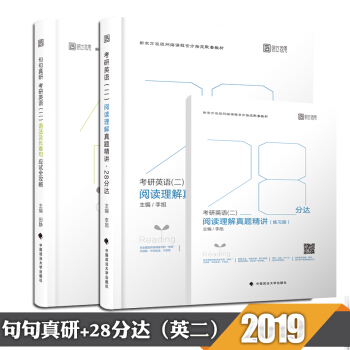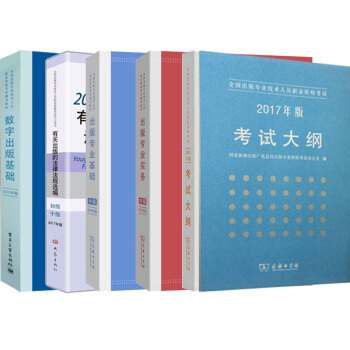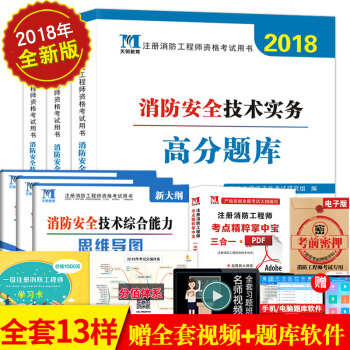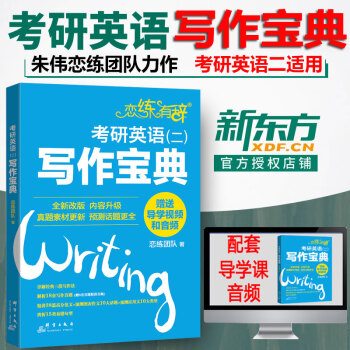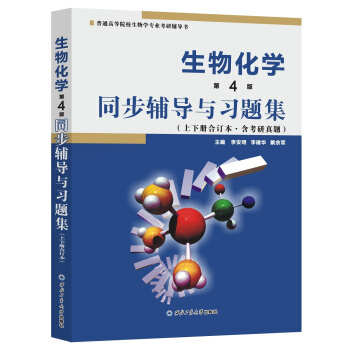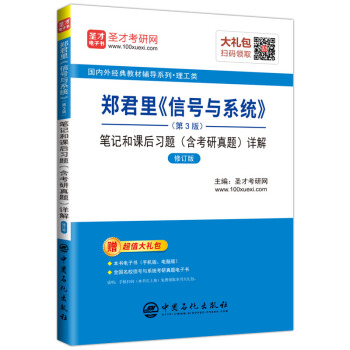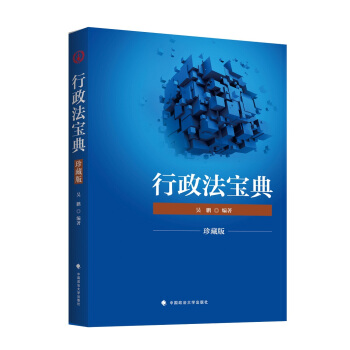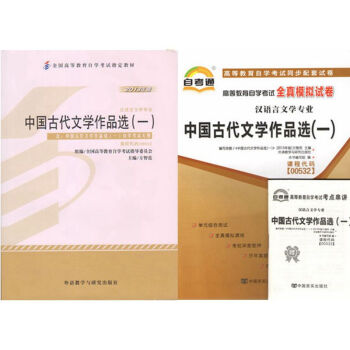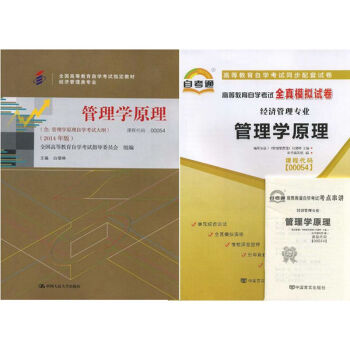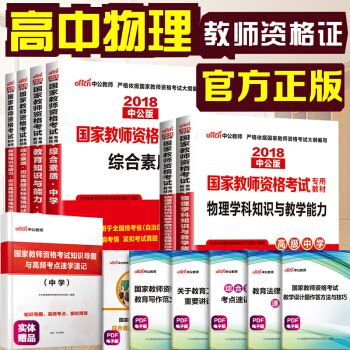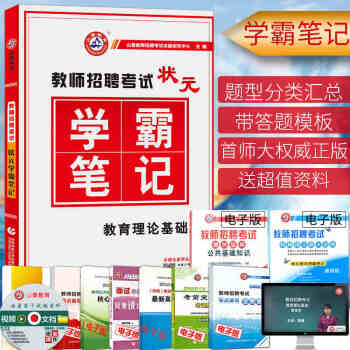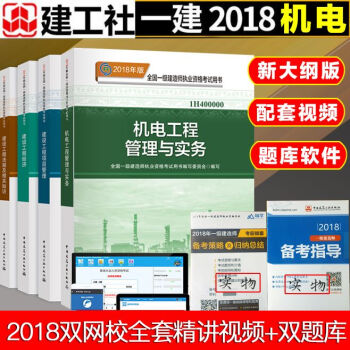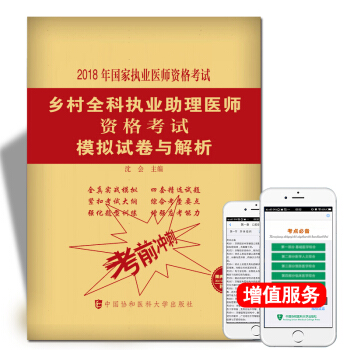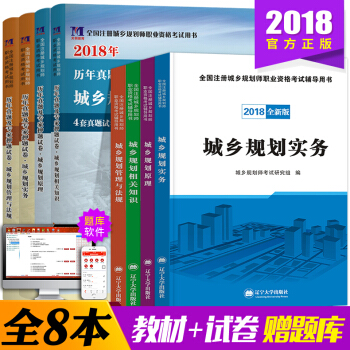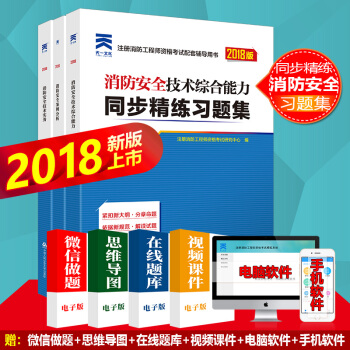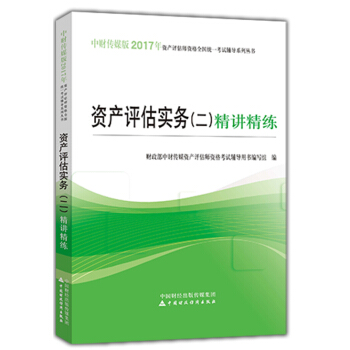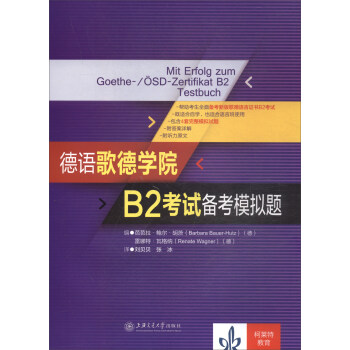具體描述
【現貨】2019考研英語二:句句真研, grammar & long sentence mastery for exam success, plus 28-point reading comprehension advanced practical strategies Unlock Your Potential in Postgraduate Entrance Examinations with Comprehensive English Mastery This meticulously crafted study guide is your ultimate weapon for conquering the English section of the 2019 postgraduate entrance examinations. Designed with precision and insight, it delves deep into the nuances of English grammar and the art of dissecting complex sentence structures, empowering you to achieve not just a passing grade, but truly exceptional results. Beyond grammatical prowess, this comprehensive resource equips you with advanced strategies for tackling reading comprehension, aiming to elevate your score by a significant 28 points. Part 1: Grammar and Long Sentence Mastery – Building an Unshakeable Foundation The foundation of effective English communication, and consequently, success in standardized tests, lies in a solid understanding of grammar. This section systematically breaks down the intricate world of English grammar, moving from fundamental principles to more sophisticated applications. We understand that many students struggle with identifying and correcting grammatical errors, and even more so with understanding the underlying logic behind correct sentence construction. This guide addresses these challenges head-on. I. The Building Blocks: Core Grammatical Concepts Demystified Nouns and Pronouns: We explore the various types of nouns (common, proper, abstract, concrete, collective) and their functions within a sentence. Special attention is paid to pronoun agreement (number, gender, person) and the correct usage of demonstrative, possessive, and relative pronouns. Common pitfalls, such as the confusion between "its" and "it's," or the correct antecedent for "who" and "which," are thoroughly explained with ample examples. Verbs: The Heart of the Sentence: This segment provides an exhaustive exploration of verb tenses, moods, and voices. From the subtle differences between the past simple and past perfect to the active and passive voice, each concept is illustrated with clear, relatable examples drawn from academic and everyday contexts. We dissect the nuances of verb agreement with subjects, including those with tricky collective nouns or intervening phrases. Auxiliary verbs, modal verbs, and their specific functions and meanings are also thoroughly covered, ensuring you can confidently interpret and construct sentences involving them. Adjectives and Adverbs: Adding Precision and Flair: We examine the role of adjectives in modifying nouns and pronouns, and adverbs in modifying verbs, adjectives, and other adverbs. The correct placement of these modifiers, the formation of comparative and superlative degrees, and the identification of common adverbial errors (e.g., the confusion between "good" and "well") are all addressed. You will learn how to use these parts of speech effectively to enhance clarity and expressiveness. Prepositions and Conjunctions: The Connectors of Thought: Understanding the correct usage of prepositions is crucial for establishing clear relationships between words in a sentence. This guide clarifies the common meanings and applications of frequently used prepositions and highlights idiomatic prepositional phrases that often trip students up. Similarly, conjunctions, both coordinating and subordinating, are explained in detail. You will learn to identify different types of conjunctions and how to use them to create logically connected and grammatically sound complex sentences. Sentence Structure: From Simple to Compound-Complex: We begin by deconstructing the fundamental elements of a sentence: subject, verb, object, complement. Then, we build upon this foundation to explain the formation of simple, compound, and complex sentences. The emphasis is on understanding the relationship between clauses and the appropriate use of punctuation to delineate these structures. II. Mastering Long and Complex Sentences: Decoding the Labyrinth The bane of many test-takers, long and complex sentences, are systematically unraveled in this section. We provide you with a strategic toolkit to confidently dissect these linguistic challenges, transforming confusion into clarity. Identifying the Core: The first and most critical step is to isolate the main subject and verb of the sentence. We teach you techniques for filtering out subordinate clauses, participial phrases, and appositives to pinpoint this essential core. Deconstructing Clauses and Phrases: Learn to recognize different types of clauses (independent and dependent) and phrases (noun, verb, adjectival, adverbial). Understanding their function within the sentence is key to grasping the overall meaning. We provide clear explanations for relative clauses, conditional clauses, adverbial clauses of time, cause, and concession, among others. The Power of Punctuation: Punctuation marks are not mere decorative elements; they are vital for conveying meaning and structure. This section emphasizes the critical role of commas, semicolons, colons, and dashes in delineating clauses, separating phrases, and clarifying relationships between sentence components. You will learn how to interpret punctuation to understand the author's intended meaning. Common Structural Pitfalls: We address frequently encountered errors in sentence construction, such as misplaced modifiers, dangling participles, faulty parallelism, and pronoun reference ambiguities. By understanding these common traps, you can avoid them in your own writing and identify them in the test. Strategic Reading Techniques: Beyond structural analysis, we offer practical strategies for reading long sentences efficiently. This includes techniques like breaking down sentences into smaller, manageable units, paraphrasing difficult sections, and looking for signal words that indicate logical relationships. Practice Makes Perfect: This section is replete with carefully selected examples of challenging sentences from past exams and authentic academic texts. Each example is accompanied by a step-by-step analysis, demonstrating the application of the taught techniques. Extensive practice exercises are provided to solidify your understanding and build your confidence. Part 2: Reading Comprehension – Advanced Strategies for Deeper Insight Reading comprehension is more than just understanding the words on the page; it's about interpreting meaning, identifying authorial intent, and drawing logical inferences. This section focuses on advanced techniques designed to elevate your performance and achieve a significant score improvement. I. Beyond the Surface: Understanding Different Question Types Main Idea and Supporting Details: We teach you how to quickly identify the central theme of a passage and the key points that support it. This involves understanding topic sentences, thesis statements, and the relationship between paragraphs. Inference and Implication: Many questions require you to read between the lines. This guide provides strategies for making logical inferences based on the information presented, understanding implied meanings, and recognizing the author's underlying assumptions. Vocabulary in Context: We emphasize that understanding vocabulary in context is far more effective than rote memorization. You will learn techniques for deducing the meaning of unfamiliar words based on surrounding sentences, sentence structure, and the overall tone of the passage. Author's Tone and Purpose: Understanding the author's attitude towards the subject matter and their objective in writing the passage is crucial for answering certain question types. We explore how to identify tone through word choice, sentence structure, and rhetorical devices. Identifying Cause and Effect, Comparison and Contrast: These are fundamental logical relationships that often form the basis of comprehension questions. We provide methods for recognizing signal words and phrases that indicate these relationships, allowing you to quickly grasp the connections between ideas. Structure and Organization: Understanding how a passage is organized can significantly aid comprehension. We discuss common organizational patterns, such as chronological order, problem-solution, and classification, and how to use this knowledge to anticipate information and answer questions more efficiently. II. Advanced Tactics for Maximizing Your Score Strategic Skimming and Scanning: Learn when and how to skim for the main idea and scan for specific information. This efficient reading technique is essential for managing time during the exam. Active Reading Techniques: We advocate for an active approach to reading, which involves questioning the text, making predictions, and summarizing sections as you read. This engagement deepens understanding and improves retention. Deconstructing Complex Arguments: Many passages present complex arguments with multiple viewpoints. This guide provides strategies for breaking down these arguments, identifying the author's position, and evaluating the evidence presented. Elimination Strategies for Multiple-Choice Questions: We offer proven methods for eliminating incorrect answer choices in multiple-choice questions, thereby increasing your chances of selecting the correct answer even when unsure. Time Management Strategies: Effective time management is critical for reading comprehension sections. You will learn how to allocate your time wisely among different passages and questions, ensuring you complete the section within the allotted time. Practice with Real Exam Questions: This guide incorporates a substantial number of challenging reading comprehension passages and questions that closely mirror those found in actual postgraduate entrance examinations. Each question is followed by a detailed explanation, not only revealing the correct answer but also elucidating why other options are incorrect. This analytical approach is key to developing your critical thinking and test-taking skills. Why Choose This Guide? Comprehensive Coverage: This guide leaves no stone unturned, addressing all critical aspects of grammar, sentence structure, and reading comprehension relevant to the 2019 postgraduate entrance examinations. Clear and Concise Explanations: Complex concepts are broken down into easily understandable language, avoiding jargon and providing abundant examples. Practical, Exam-Oriented Strategies: All techniques and advice are directly applicable to the exam format and question types you will encounter. Abundant Practice Materials: Extensive exercises and real exam questions with detailed solutions ensure you have ample opportunity to hone your skills. Focus on Deep Understanding: We aim to build not just memorization, but a true, lasting comprehension of English language principles. Confidence Booster: By systematically addressing your potential weaknesses and equipping you with effective strategies, this guide will significantly boost your confidence and readiness for the exam. Invest in your academic future. This guide is your essential companion on the path to success in the 2019 postgraduate entrance examinations.
